
Article
Reputation Management That Turns Reviews Into Referrals
In dentistry, reputation is currency. Before visiting a dentist, nearly 77% of patients check online reviews1. Online reputation management can significantly transform reviews into referrals.
Why Reputation Matters?
In this online era, positive reviews reflect your reputation. The dentist who has more positive reviews is likely to experience fewer empty chairs.
Thus, it is vital to put in efforts to improve the reviews. Similarly, it is also necessary to attend to the negative reviews. This will help potential clients see the complete story.
Strategies to Turn Reviews into Referrals2
- Ask for Reviews Proactively: After treatments, request patients to leave honest feedback on Google. Make it easier with direct links.
- Respond Promptly and Professionally: Respond to all reviews whether positive or negative. However, while responding to negative reviews, don’t lose calm and display compassion.
- Highlight Reviews in Marketing: Don’t forget to highlight top reviews on your website, social media, and newsletters. This will encourage referrals.
- Incentivize Referrals Indirectly: Implement patient loyalty program to incentivize the patients who have given you positive reviews. Remember, directly paying can violate the guidelines.
- Monitor Your Reputation Consistently
Promptly respond by turning on alerts about the reviews via Google Alerts. This will also help understand the concerns faced by the patients, giving you the opportunity to improve.
- Turn Reviewers into Advocates
Invite patients who leave positive reviews into your referral circle. Encourage them to participate in patient appreciation programs; while giving them the opportunity to share their experience.
Don’t forget to thank them personally during follow-ups. This small touch will humanize your practice. In turn, increasing the chance of more referrals through word of mouth.
Final Takeaway
Reputation management will not just build a positive image but will serve as a powerful referral engine. By engaging with reviews, you can convert feedback into trust, loyalty, and growth. So, next time, if anyone leaves a review, engage with it as soon as possible.
References
- Sener C. Online reviews are becoming more important to patients in choosing their care: How to manage your online reputation in health care. Medical Economics. Published May 2, 2023. Available from: https://www.medicaleconomics.com/view/online-reviews-are-becoming-more-important-to-patients-in-choosing-their-care-how-to-manage-your-online-reputation-in-health-care
- Van den Bulte C, Bayer E, Skiera B, Schmitt P. How customer referral programs turn social capital into economic capital. Journal of Marketing Research. 2018 Feb;55(1):132-46.
Related Contents
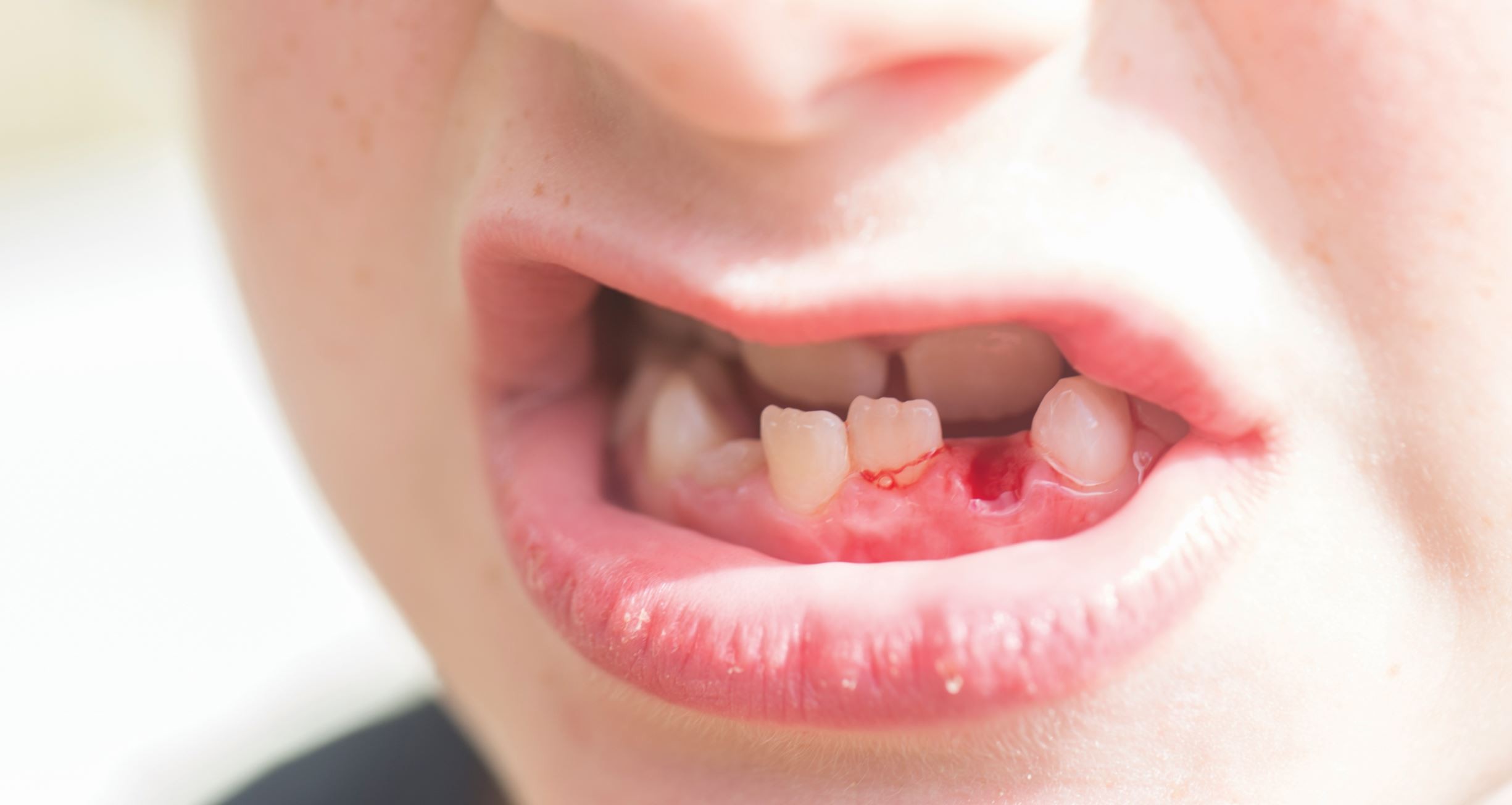
Video
Management of Traumatic Tooth Avulsion: When & How?
Traumatic tooth avulsion is a true dental emergency requiring immediate and structured management to...
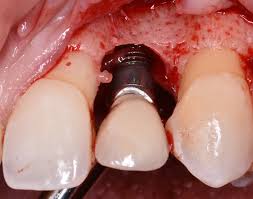
Article
Prosthetic Design Factors That Prevent Peri-Implant Bone Loss
You placed the implant perfectly. Osseointegration was flawless. But three years later, there is 3mm...

Article
Treatment Algorithms for Peri-Implant Mucositis and Peri-Implantitis
You can prevent most peri-implant disease. But once it develops, treatment becomes less predictable....
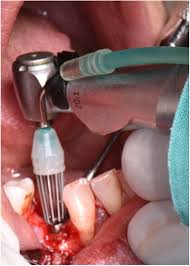
Article
Implant Surface Decontamination: What Actually Works
Treating peri-implantitis starts with one critical step, which is decontaminating the implant surfac...
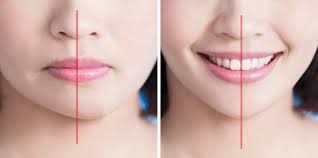
Article
Growth & Facial Asymmetry: When to Worry
Only a few dentists can notice it and realize the asymmetry can signal an underlying skeletal imbala...
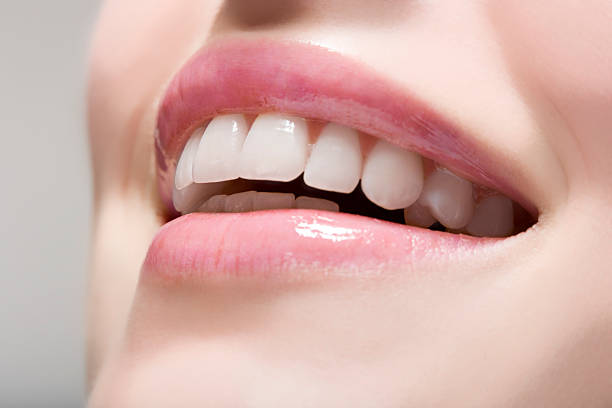
Article
Orthodontic Red Flags Every Dentist Should Recognize: Functional Habits and Airway Cues
Some malocclusions cases stall for reasons you can’t see on a scan, as not...
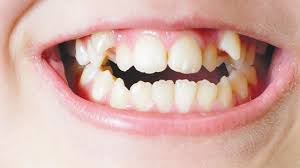
Article
Tooth Eruption & Space Management: What Orthodontists Should Watch For
Tooth eruption may not alwaxfys fit the predictable biological timeline. A delayed or ecto...
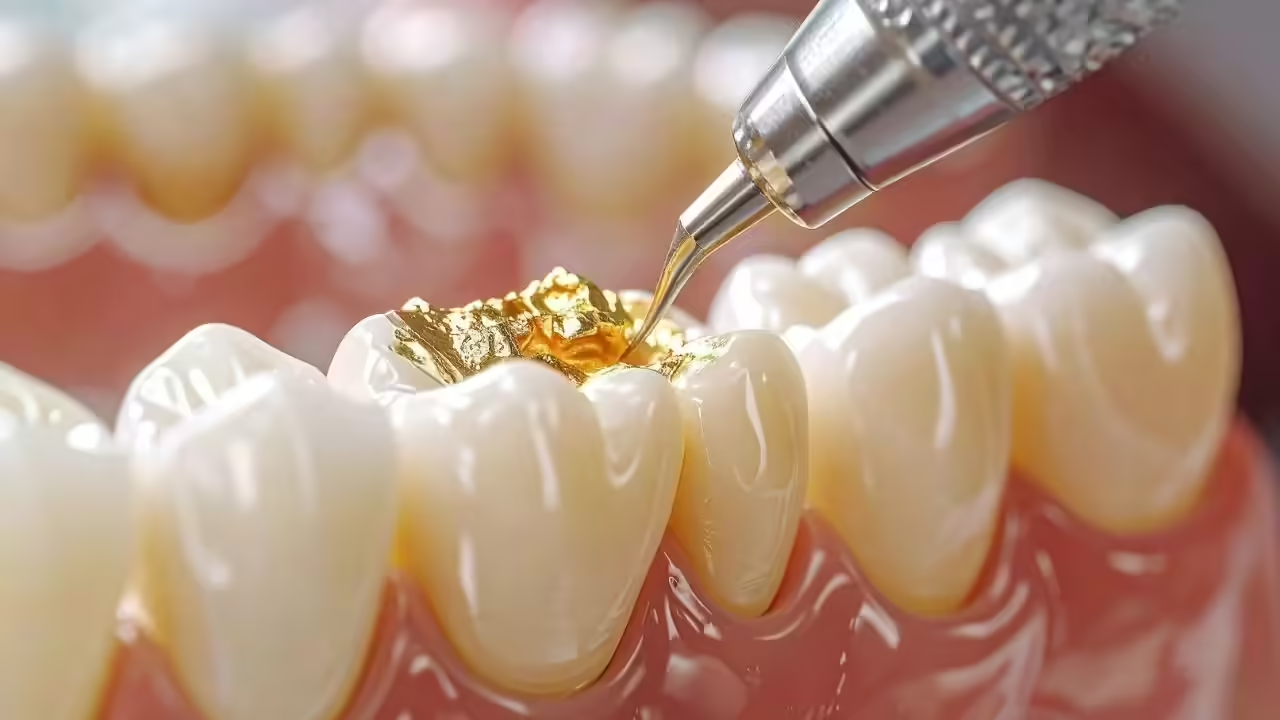
Article
Communication & Referral Timing: Getting It Right
You have identified a problem, maybe a severe Class III malocclusion in a 9-year-old, or it is an im...